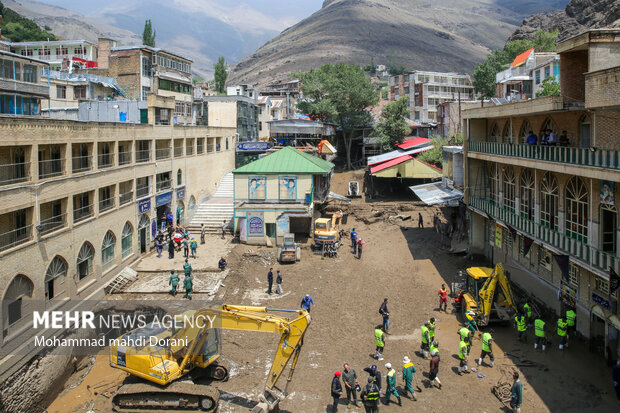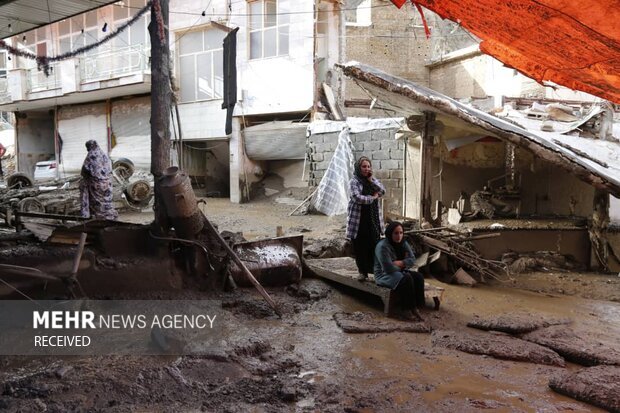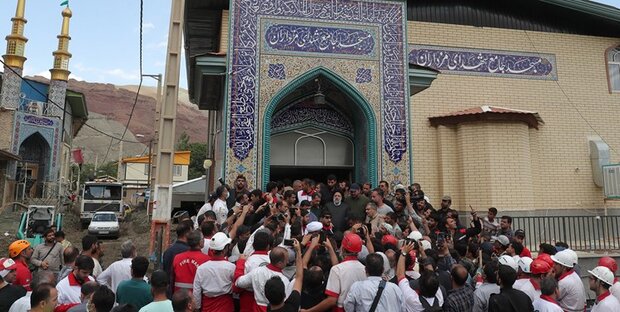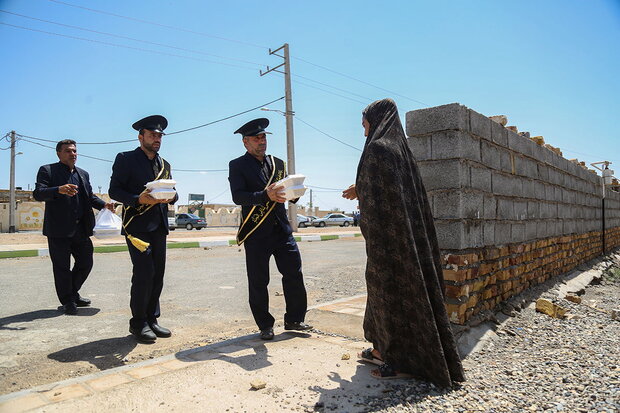Unconventional flooding in mid-summer has caused heavy damage in several provinces of Iran.
A monsoon is a seasonal change in the direction of the prevailing, or strongest, winds of a region. Monsoons cause wet and dry seasons throughout much of the tropics. Monsoons are most often associated with the Indian Ocean. They always blow from cold to warm regions.
Monsoons are caused by temperature differences in the air over land and sea. In a monsoon region in summer the land and the air above it become very hot.
Iran's climate is usually dry in the summer season, but if the conditions are favorable, moisture enters Iran from the southeast (the Indian Ocean). Since the humidity is very high, when it enters Iran, it encounters the high heat of summer and brings heavy rains (or monsoon rains).
Heavy rain and flooding in the past few days have affected 20 provinces in Iran including 111 cities and 310 villages in the past few days, according to the statistics released by the Iranian Red Crescent Society on Saturday.

So far, 22 people are confirmed killed in the flooding that occurred in Tehran's Kan district.
14 people in�Firuzkuh, 1 in Damavand, and 1 other were also killed in Tehran's flood.
Other casualties include 5 people in�Sistan and Baluchestan Province, 4 in Kerman, 4 in Loserstan, 6 in Mazandaran, 1 in Markazi, and 4 in Yazd.
Rescue operations and�searching for the missing people is still ongoing.

The flooding has caused massive financial damages to the urban Facilities.
Besides, many civilians have lost their houses due to the Monsoon rains and lots of farmers and ranchers have lost their fields and livestock.


The flooding in Yazd province was so heavy that it caused a historical building to collapse.
However, contrary to the unfavorable conditions of the roads and�Flooded areas, the Iranian people, including the country's high-ranking officials, were present at the scene to help the suffered people.
Iranian President Ebrahim Raeisi on Saturday arrived in Firuzkuh to observe and pursue the situation.
He called for speeding up the process of providing assistance to the people who lost their houses after�the completion of the relief and rescue operations.

Other Iranian officials including the Interior Minister as well as local governors were present in the flooded areas.
In some cities, including Qom, people and organizations provided food to the suffered families.

Since Iran was suffering from drought for years and there were no proper vegetation and the country's soil is dry, the water from these rains flew quickly and caused such incidents, according to an Iranian�climatologist.
By MEHR�

 QR code
QR code